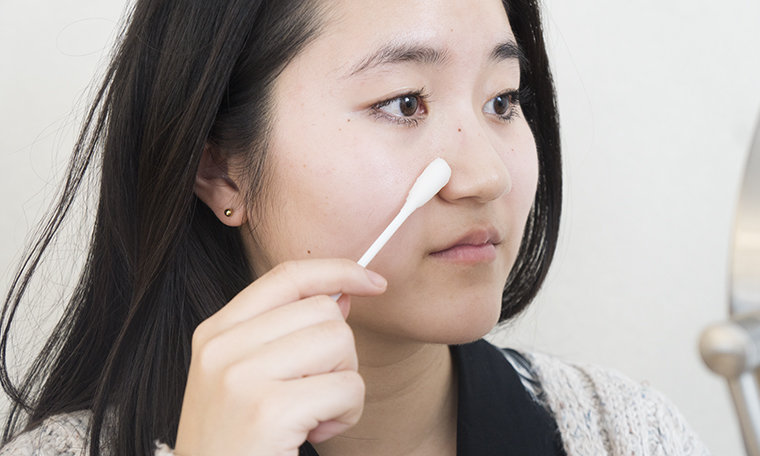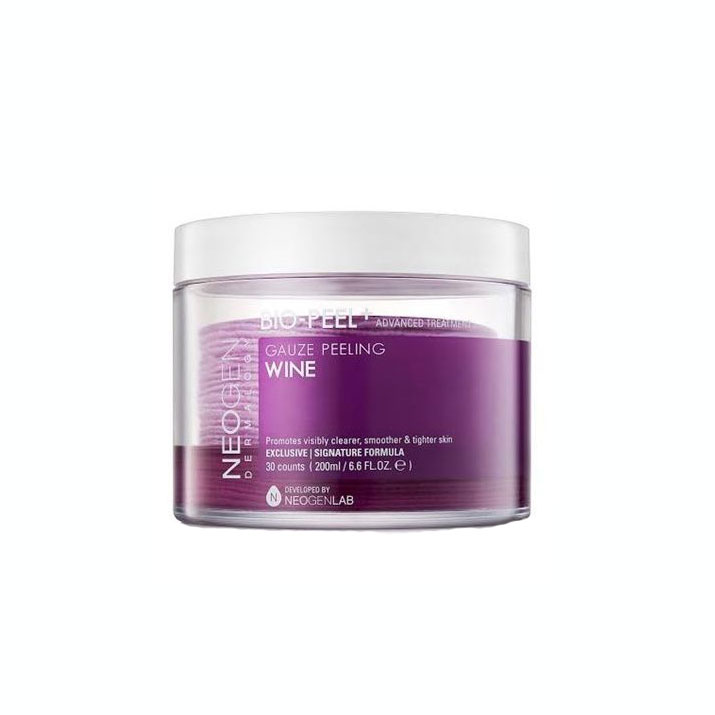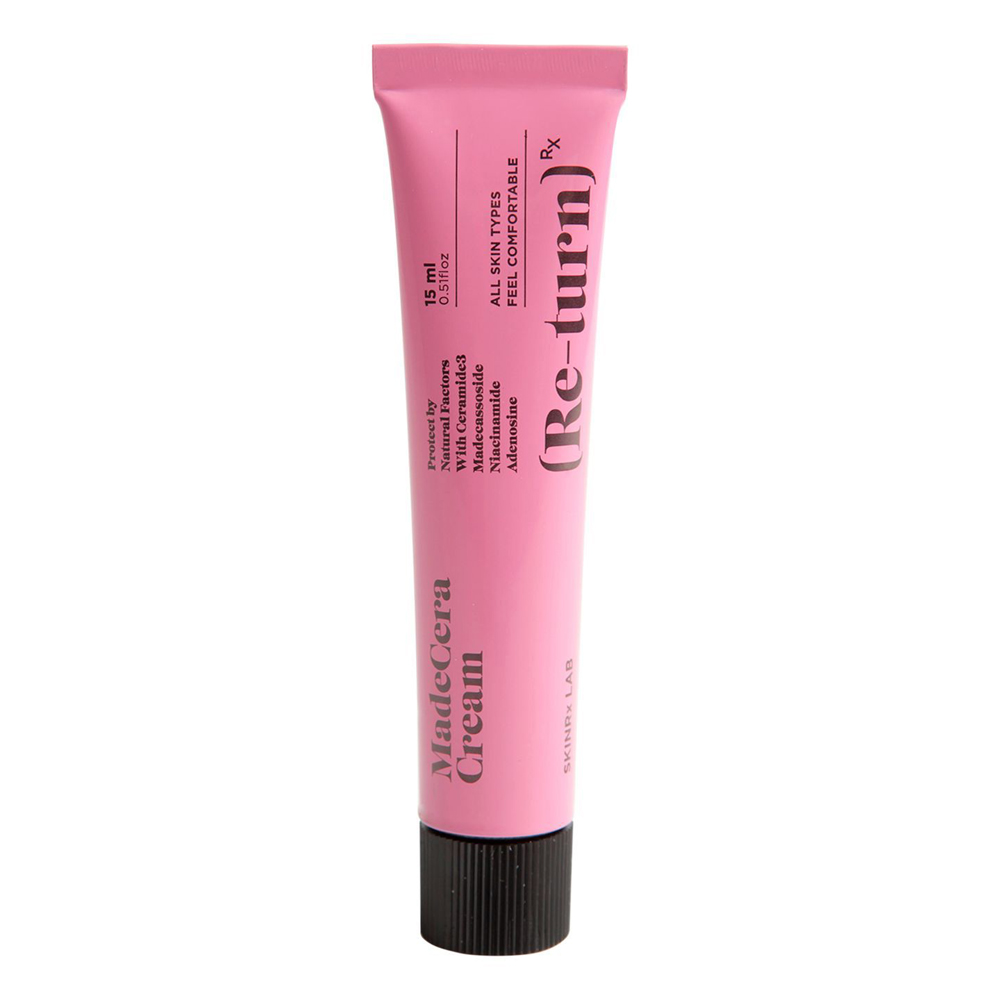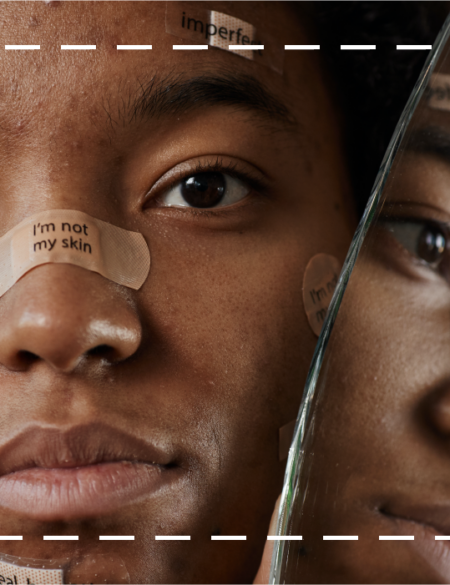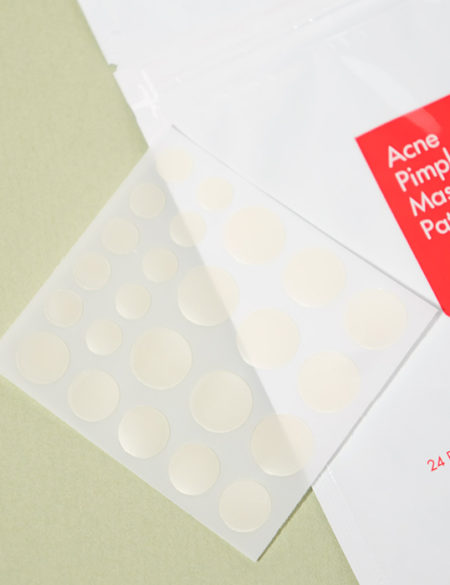What are the best acne scar products? First, you need to understand what kind of scars you have.
When most people hear the phrase acne scars they usually think it’s just pigmentation. The reality is that there are several different types of scars and pigmentation is actually the easiest of the bunch to treat. For those with with deeper, pitted scars and uneven texture, it can be battle to get smooth skin.
Given the complexities of these scars, we decided to reach out to a dermatologist to find out the best treatments for the different types of acne scars.
First, what are the different types of acne scars?
“Acne scars most commonly fall into three types: ice pick or pitted scars, boxcar scars, or rolling scars,” says dermatologist Annie Chiu.
You can identify ice pick scars by their V-shape appearance. Chiu says they appear in “narrow, less than 2mm wide, but deep” shapes on the skin. Boxcar scars are more round with sharper edges. Lastly, rolling scars are “depressed scars with gentle sloping edges that disappear when the skin is stretched,” says Chiu. Rolling scars create some sort of depression onto the skin, unlike pigmentation, which results in dark spots and an uneven skin tone.
Treatments: AHA/BHA
According to Chiu, you’re going to want to stick with chemical exfoliators since they help to “soften the appearance of acne scars.” There are several different types you can choose from, including alpha hydroxy acids, beta hydroxy acids, or even polyhydroxy acids.
Some of our favorite chemical exfoliators include the Dr. Oracle A-Thera Peeling Stick, which actually comes as a giant soaked cotton swab. This product makes is easy to use: You can either gently swipe it across your face or spot treat for more precise application. It contains an effective blend of AHA and BHA acids, which work to remove excess dead skin cells and sebum. This peeling stick will help to not only keep acne at bay but also help smooth the appearance of rough skin texture. It also contains bamboo water to hydrate and nourish, arginine to heal and repair, and tea tree oil to fight bacteria. Plus, these sticks are gentle enough for even the most sensitive skin types.
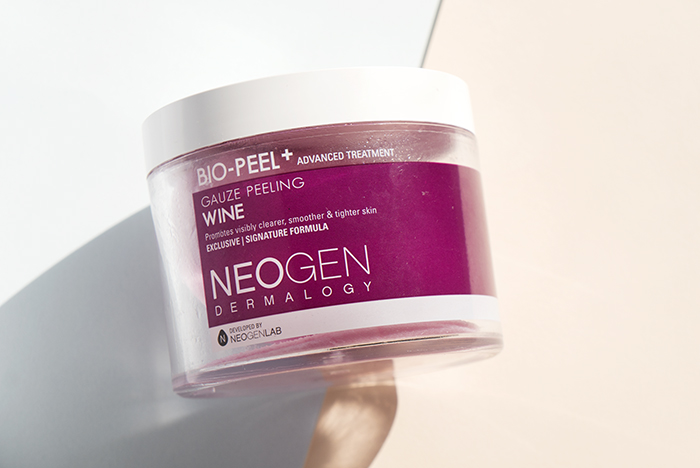
The Neogen Bio-Peel Gauze Peeling in Wine is also another great exfoliator to invest in. This one is unique since it combines a physical and chemical exfoliator all in one. You gently slough away dead skin with the rougher side of the pad and then swipe on lactic acid with the other. This acid will dive deep into pores to clean them out while gently dissolving the excess dead skin cells to reveal smoother, softer acne scars. The pads also contain resveratrol, a powerful antioxidant which helps prevent free radicals from causing further pigmentation or forming wrinkles on your skin.
Retinoids
“Retinoids improve collagen synthesis and help remodel scars,” says Chiu.
An inexpensive and effective retinol to try is The Ordinary’s 0.2% Retinol in Squalane. We suggest starting out with this smaller dose before working your way up to higher formulations. As Chiu explains, retinol is known to actually thicken the skin by increasing collagen production. This thickening is needed to “fill in the gaps” in your skin when you have deeper more pitted scars. This particular retinol comes in an oil formulation, which makes it less irritating and appropriate for all skin types, even sensitive.
Vitamin C
Vitamin C is another powerful ingredient. Not only will it brighten and even skin tone, but research has suggested that it can also work to increase collagen synthesis. This increase will help rejuvenate skin and repair any damage, especially in areas where you experience dented or pitted scars.
The Good (Skin) Days C’s the Day Serum contains 10% of pure ascorbic acid, the most effective form of vitamin C. It will bring back radiance to the skin while treating and preventing pigmentation.
Other treatments:
You’ll want to make sure that you also include products that calm any redness or irritation that comes along with acne.
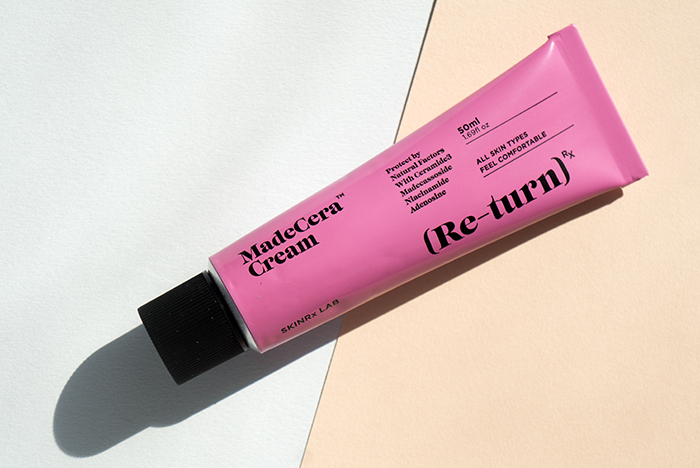
Another product you should try is a cica cream. These contain high concentrations of madecassoside, an inflammation-fighting compound naturally occurring in centella asiatica extract. The Skinrx MadeCera Face Cream is an excellent weapon to have in your acne scar arsenal to help strengthen your skin’s barrier as well as soothe irritated skin. Plus, it contains niacinamide for further brightening, and adenosine, a powerful anti-ager that will prevent premature aging.
Bottom line:
While skin care products will help to diminish the appearance of these deeper, pitted scars, they won’t be able to remove them entirely, especially for more serious cases. This is when you should visit a dermatologist. “Lasers, fillers, needling, and peels can truly make an impactful difference,” says Chiu.
But no matter the scars you have, remember that they don’t define you.


